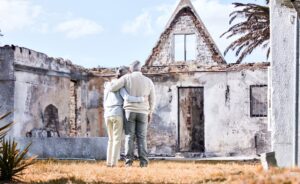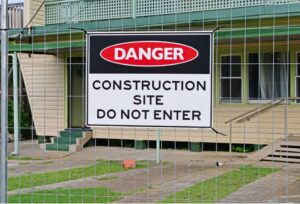How to Protect Your Home After a Fire: 5 Essential Steps
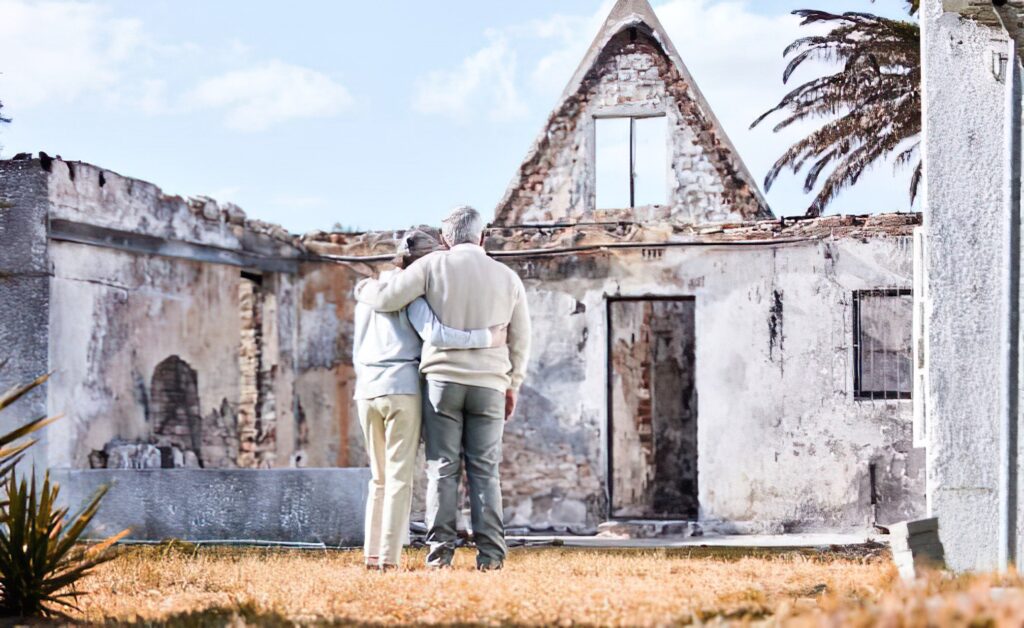
Table of Contents
Introduction
A house fire can be a devastating experience, leaving behind more than just charred walls and smoky air. In the aftermath, knowing what to do next can feel overwhelming. How do you assess the damage safely? Who do you call for help? And most importantly, how can you protect your home from further harm?
Understanding the essential steps to take after fire damage can make all the difference in safeguarding your property and ensuring a smoother recovery process. Whether it’s securing your home, salvaging valuable belongings, or navigating insurance claims, each decision impacts how quickly life can get back to normal.
This guide will walk you through five crucial steps to protect your home after a fire, helping you make informed choices during this challenging time. If you’re unsure where to start or need reliable residential services to support your recovery, keep reading—peace of mind is just a few steps away.
Assessing the Damage
Experiencing fire damage can be overwhelming, but taking the right first steps can make a world of difference. How do you begin to assess the aftermath safely? And what should you be looking for to ensure no hidden dangers remain? Knowing what to expect can empower you to take control of the situation and protect your property.
Safety First: Checking Structural Integrity
Before entering your home, prioritize safety. Even if the fire is out, hazards may still be present. Are the walls and ceilings stable? Is there any risk of collapse? It’s crucial to check the structural integrity to avoid injury. If you’re uncertain, consider reaching out to emergency services or a fire damage restoration expert to inspect the property for you.
Identifying Types of Damage: Smoke, Soot, and Water
Fire damage isn’t just about what’s burned. Smoke and soot can infiltrate walls, carpets, and furniture, leaving behind toxic residues. Additionally, water used to extinguish the fire can cause moisture damage, leading to mold and mildew. Knowing the different types of damage helps you determine the appropriate restoration steps.
Documenting Damage for Insurance Claims

Accurate documentation is key to ensuring your insurance claim is processed smoothly. Take clear photos and videos of all affected areas, making sure to capture both structural and personal property damage. Create a detailed inventory of damaged belongings, including descriptions and estimated values. This organized approach not only helps with the claims process but also speeds up the restoration of your home.
By thoroughly assessing fire damage, you lay the foundation for an effective recovery strategy. Taking proactive steps now ensures a safer and more efficient restoration process.
Securing Your Property
After a fire, your home is more vulnerable than ever. Broken windows, damaged doors, and compromised walls can expose your property to theft, vandalism, and further damage from the elements. But where do you start? How can you ensure your home remains safe and secure during the restoration process? Taking swift action to secure your property is crucial for protecting what’s left and setting the stage for a smoother recovery.
Boarding Up Windows and Doors
One of the first steps to safeguard your home is boarding up broken windows and damaged doors. This prevents unauthorized access and shields the interior from weather-related damage. Not feeling confident about handling it on your own? Professional emergency services specializing in fire damage restoration can efficiently secure your property, ensuring it’s done safely and effectively.
Installing Temporary Fencing for Security

If the fire caused significant structural damage, installing temporary fencing can provide an additional layer of security. It deters trespassers and keeps curious onlookers at a safe distance. This measure not only protects your belongings but also reduces liability by preventing accidental injuries on your property.
Addressing Potential Hazards
A post-fire home can be hazardous. Exposed electrical wires, unstable structures, and lingering smoke residues pose serious risks. Before you begin any restoration work, make sure these dangers are addressed. Consult with professionals experienced in residential services who can safely identify and eliminate these threats.
Taking proactive steps to secure your property not only protects your home but also provides peace of mind. It’s a critical phase in the restoration journey, ensuring that your property is safe while you plan the next steps for recovery.
Cleaning and Salvaging Belongings
After a fire, you might feel like everything is lost. But not all hope is gone—many belongings can be salvaged with the right approach. How do you decide what to keep and what to discard? And how can you clean damaged items without causing further harm? Knowing how to effectively clean and restore your valuables is essential to rebuilding your life after fire damage.
Determining What Can Be Saved
Not everything damaged by fire is beyond repair. Furniture, electronics, and personal items may look unsalvageable at first glance but can often be restored. Start by separating salvageable items from those that are too damaged or pose health risks, like heavily soot-covered fabrics. When in doubt, consult restoration professionals who specialize in fire damage to evaluate your belongings accurately.
Proper Cleaning Techniques for Smoke and Soot
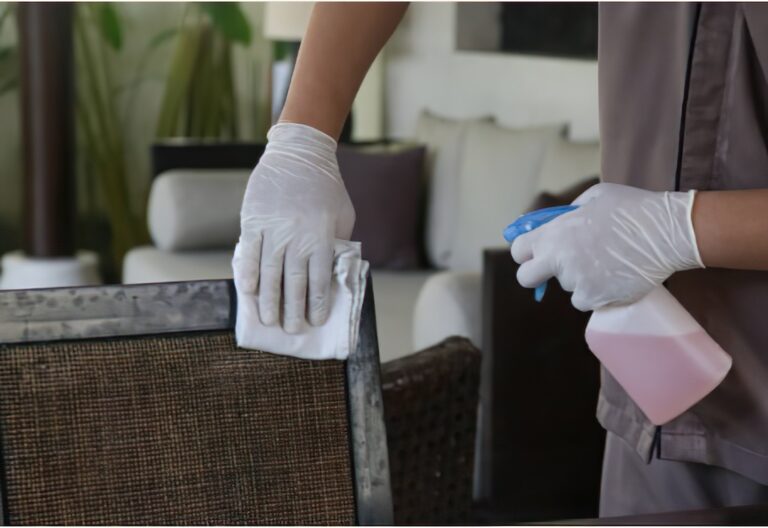
Smoke and soot are notorious for leaving behind stubborn stains and odors. But using the wrong cleaning methods can make the damage worse. Here are some effective cleaning tips:
- Dry Cleaning Sponges: Ideal for removing soot from walls and ceilings without smearing.
- Odor Neutralizers: Help eliminate lingering smoke smells from fabrics and upholstery.
- Specialized Cleaners: For electronics and delicate items, use professional-grade cleaners designed for fire damage restoration.
If the task feels overwhelming, consider hiring residential services experienced in fire restoration to handle the cleaning process.
Preventing Mold and Mildew Growth
Water used to extinguish the fire can leave behind moisture, leading to mold and mildew growth. It’s essential to dry out your home as quickly as possible. Use dehumidifiers and fans to circulate air, and remove any wet carpets or fabrics. Mold can start growing within 24-48 hours, so acting fast is crucial. Professional restoration services can provide emergency drying solutions to prevent further damage.
Cleaning and salvaging your belongings after a fire requires patience, effort, and the right techniques. By making informed decisions and using proper cleaning methods, you can restore cherished items and move one step closer to rebuilding your home.
Section 1 : As a content strategist, your task is to create a long captivating section for a blog post. The section should blend a professional yet conversational tone, engaging readers with questions and personal pronouns, ensuring each word adds value. Structure the content for visual appeal and readability, employing formatting tools like bullet points, numbered lists, and strategically, and keeping paragraphs short without sacrificing your unique voice. Write in a way that is friendly to search engines, using smooth transitions and offering new insights. Aim for clarity. Include SEO keywords, select the most suitable ones for this section, and incorporate them effectively. Do not use every keyword in the list. Provide only the refined section as the output.
Working with Insurance and Restoration Professionals
Navigating the aftermath of fire damage is challenging enough without the added stress of dealing with insurance claims and finding the right restoration services. How do you know whom to trust? What’s the best way to ensure your claim is processed smoothly? Partnering with the right professionals can make all the difference in getting your life back on track.
Contacting Your Insurance Company Promptly
The first step after ensuring safety is to contact your insurance company. The sooner you report the fire damage, the faster the claims process can begin. Provide a detailed account of the incident, including photos and videos of the damage. Be prepared to answer questions about the extent of the damage and any emergency services you’ve already contacted. Quick action not only accelerates the process but also helps you receive the necessary financial support for restoration.
Navigating the Claims Process
Filing an insurance claim can be complicated, especially when dealing with fire damage. Keep thorough records of all communications, receipts for temporary repairs, and estimates for restoration. When documenting the damage, be as detailed as possible to avoid disputes with your insurance adjuster. It’s also beneficial to understand your policy’s coverage, including limits on residential services and restoration costs. If needed, consider hiring a public adjuster who can advocate on your behalf to ensure you receive the maximum compensation.
Choosing a Reliable Fire Damage Restoration Service
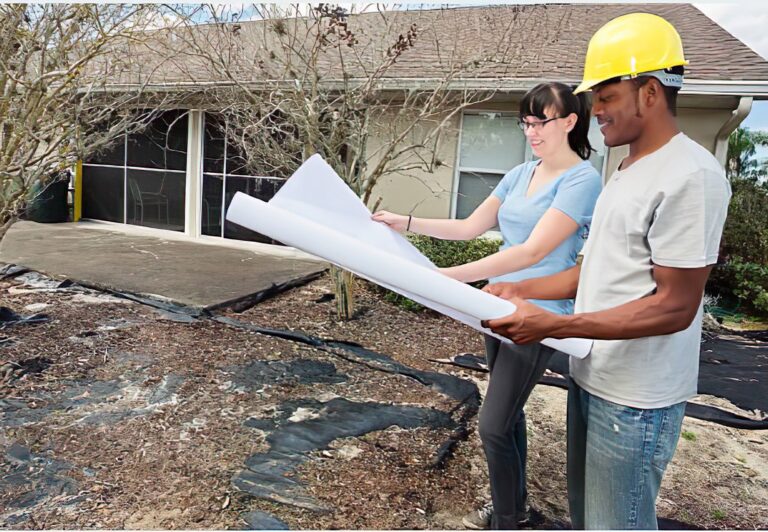
Not all restoration companies are created equal. To avoid delays or subpar work, take the time to research and choose a reputable fire damage restoration service. Look for companies that offer comprehensive residential services, including emergency response, structural repairs, and cleaning. Key factors to consider include:
- Experience and Certifications: Ensure they are certified by recognized industry organizations.
- 24/7 Emergency Services: Quick response time is crucial for minimizing damage.
- Customer Reviews and References: Check testimonials and ask for references to gauge reliability and quality of service.
Partnering with the right restoration team helps you rebuild with confidence, knowing that your home is in capable hands.
Working with insurance and restoration professionals doesn’t have to be overwhelming. By taking the right steps and choosing trusted partners, you can streamline the recovery process and focus on restoring your home and peace of mind.
Preventing Future Fire Damage
Experiencing a house fire is a wake-up call no one wants, but it also presents an opportunity to make your home safer and more resilient. How can you better protect your property moving forward? What changes can you implement to minimize future risks? By taking proactive measures now, you not only safeguard your investment but also ensure the safety of your loved ones.
Evaluating the Cause of the Fire
Understanding the cause of the fire is the first step in preventing a recurrence. Was it due to faulty wiring, cooking mishaps, or an external source? Collaborate with fire damage restoration professionals to conduct a thorough investigation. This assessment provides valuable insights into potential vulnerabilities in your home’s design or systems, helping you address them effectively.
Implementing Fire-Resistant Materials and Designs
Upgrading your home with fire-resistant materials is a smart investment in safety. Consider replacing damaged walls and roofing with fire-resistant options like:
- Fire-Rated Drywall: Offers better protection than standard drywall.
- Metal Roofing: More resistant to fire than wood or asphalt shingles.
- Non-Combustible Siding: Materials like stucco, brick, or fiber cement are highly fire-resistant.
These upgrades not only enhance safety but can also lower insurance premiums, providing long-term savings.
Installing or Updating Fire Safety Systems
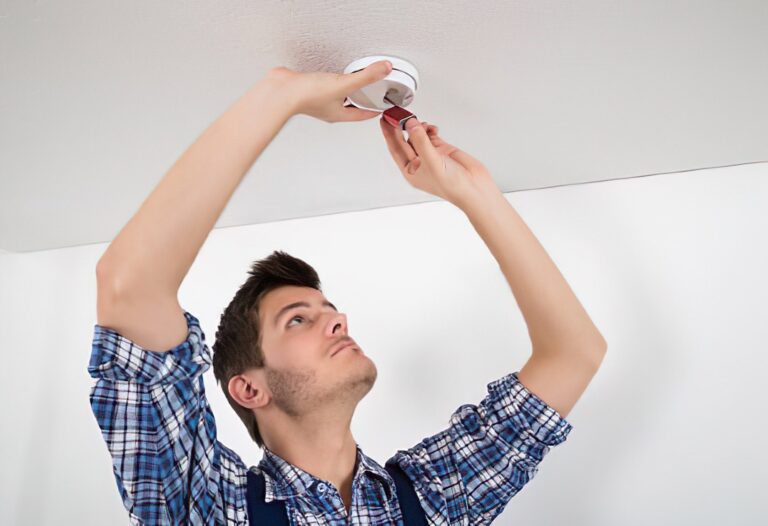
A robust fire safety system is your best defense against future fires. Ensure your home is equipped with:
- Smoke Alarms: Install them on every level of your home and test them monthly.
- Fire Extinguishers: Place them in key areas such as the kitchen, garage, and utility rooms.
- Sprinkler Systems: Consider installing a residential sprinkler system for enhanced protection.
Regular maintenance and testing of these systems are essential for optimal performance. Consulting with emergency services or fire safety specialists can help you choose the best solutions tailored to your home’s layout and needs.
Preventing future fire damage involves a combination of strategic upgrades, regular maintenance, and awareness. By implementing these measures, you’re not just rebuilding your home—you’re building resilience and peace of mind.
Conclusion

Recovering from fire damage is no small feat, but taking the right steps can make all the difference in protecting your home and moving forward. Are you feeling more confident about what to do next? Whether it’s securing your property, salvaging precious belongings, or working with trusted restoration professionals, each step plays a crucial role in your recovery journey.
By acting swiftly and strategically, you not only safeguard your investment but also restore a sense of normalcy and security for your family. Remember, you don’t have to face this challenge alone. Residential services specializing in fire damage restoration are ready to support you every step of the way, ensuring a safe and efficient recovery.
Have questions or need professional assistance? Don’t hesitate to reach out for help. Protecting your home and loved ones is worth every effort—and with the right plan in place, you’ll come back stronger and more resilient than ever.
